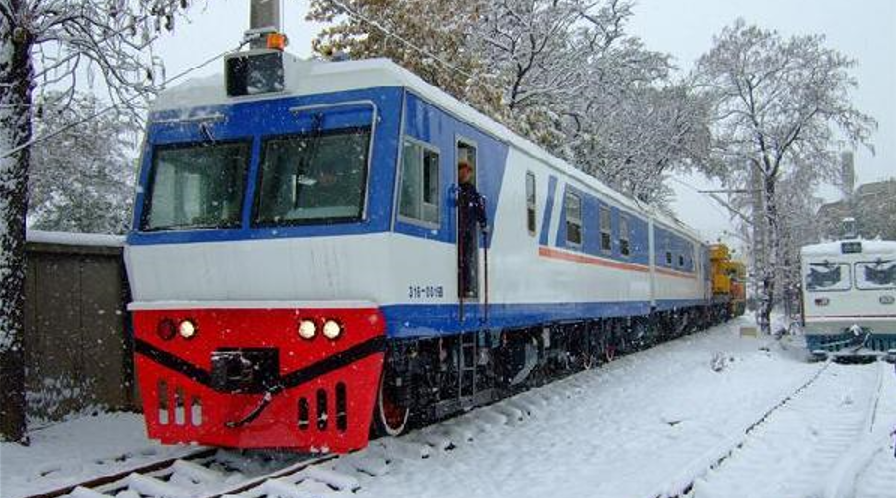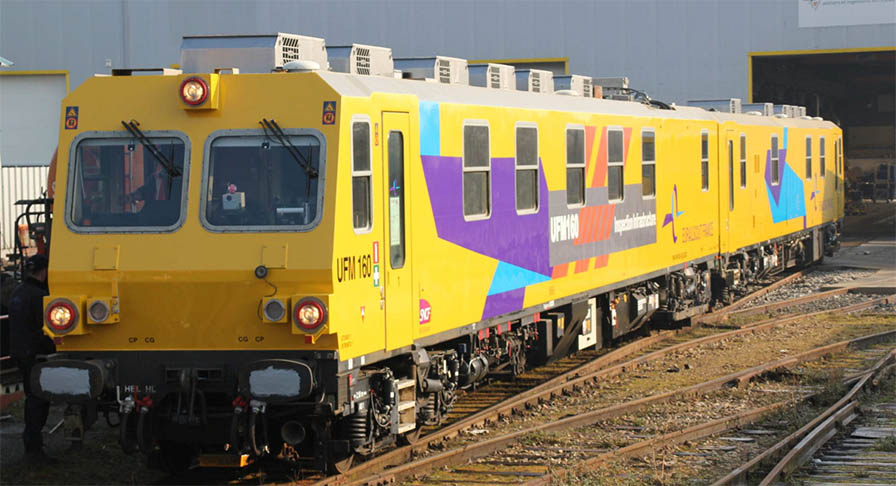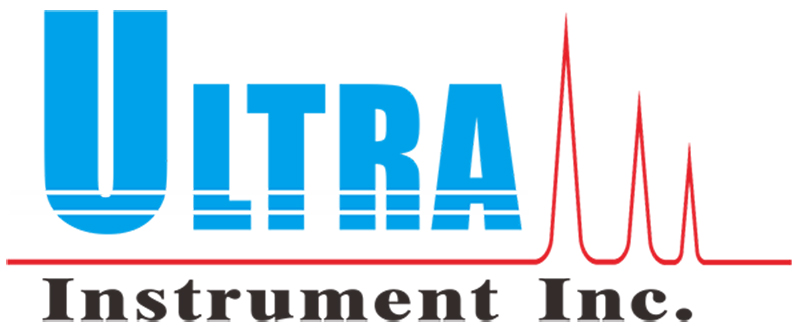The application of large rail flaw detection vehicle has a history of 40 to 50 years. It has long replaced manual flaw detection equipment and has become the main means to detect rail damage in service. There are advantages for ultrasonic detection of rail fatigue cracks. Advantages like high sensitivity, fast detection speed, accurate positioning and good economy. In one word, ultrasonic flaw detection technology is used all over the world.
North America Railway
In North America and some Mexico, the rail flaw detection task was mainly undertaken by Sperry company in the early stage, which accounted for 75% of the market share at most. In the later stage, Herzog company and Ultra Instrument appeared. Due to the low temperature in North America in winter, railway transportation is mainly freight transportation. Also there are a large number of jointed lines, so the flaw detection vehicles in North America adopt wheeled probes. The detection speed of flaw detection vehicles in North America is 25 ~ 40km/h. Most of them adopt the pause operation mode. The flaw detection vehicle stops immediately after finding suspicious damage, and then continue the detection. Therefore, the actual average detection speed is mostly about 10km/h, and the average annual detection mileage of a single vehicle is about 2000km. The vehicle body of flaw detection vehicle in North America mainly adopts highway and railway dual-purpose vehicle.

European Railway
Swiss SPENO company undertakes the manufacturing of flaw detection vehicles and rail flaw detection in France, Switzerland and Western European countries. Since 1984, the company has successively sold about 30 flaw detection vehicles to many countries in Europe, Asia and Africa. It also adopt the sliding shoe type ultrasonic sensor. The general detection speed is 40km/h, and the nominal maximum detection speed can reach 70 ~ 90km / h. The flaw detection car body adopts the railway standard vehicle with its own power. The belly of the car body installed an independent retractable detection car.

The flaw detection vehicle produced by EURAIL SCOUT is used in Belgium, Switzerland, Germany, Denmark, Italy, Norway, the Netherlands, Spain and other countries. It adopt the sliding shoe ultrasonic sensor, and the nominal maximum detection speed can reach 100km/h. The flaw detection vehicle body adopts the railway standard vehicle with its own power. In order to improve the detection speed, the newly developed USTO2 flaw detection vehicle sensor of the company adopts the bogie installation mode. The sliding shoe ultrasonic sensor is in the middle of the two axles of the non power bogie. European branch of American Sperry company (formerly subordinate to British national railway.)

During the privatization of British National Railway (acquired by Sperry), it mainly serves British railway. Totally different from Sperry USA, its technical route follows the existing British model, adopts the railway standard vehicle with its own power, and adopts the bogie installation mode. In the early stage, the ultrasonic sensor was sliding shoe type, and then gradually transferred to wheel type, and the detection speed reached 80km/h.
